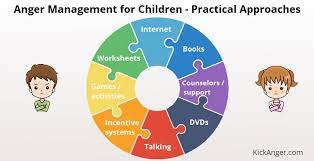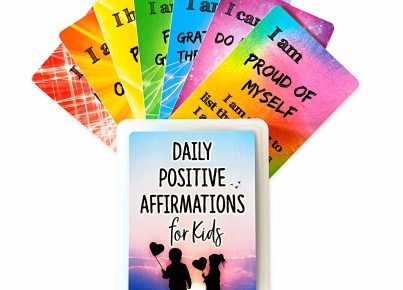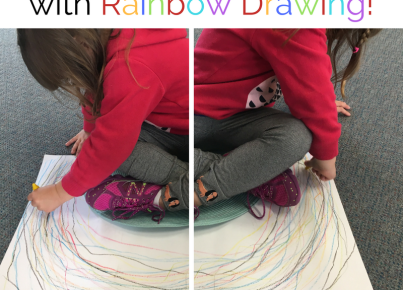Introduction
Anger is a natural emotion that everyone experiences, but children may have difficulty expressing and managing these feelings constructively. As a result, they may act out in unhealthy ways, impacting their social and academic success. Educators can play a vital role in promoting emotional intelligence among students through classroom observation checklists. These checklists allow teachers to better understand each child’s emotional patterns and provide tailored support to help them control anger effectively.
The Importance of Classroom Observation Checklists
Classroom observation checklists can be beneficial in multiple ways:
1. Early Identification: Regularly observing students enables teachers to identify patterns of anger or aggressive behavior at an early stage. This proactive approach makes it easier to intervene early and prevent issues from escalating.
2. Targeted Support: Checklists help teachers provide customized guidance to children, depending on their specific emotional needs, strengths, and weaknesses.
3. Enhanced Emotional Intelligence: When children learn how to control their anger and express it healthily, they also develop empathy, self-awareness, and interpersonal skills.
4. Improved Classroom Environment: A classroom with emotionally aware students is more conducive to learning, fostering a sense of community and belonging.
Components of an Effective Classroom Observation Checklist
A comprehensive classroom observation checklist should include the following components:
1. Physical Signs of Anger: List common physical signs that indicate a child is becoming angry or frustrated (e.g., clenched fists, furrowed brow, rapid breathing).
2. Emotional Responses: Identify the signs that a child is experiencing anger internally (e.g., irritability, negativity, defensiveness).
3. Behavioral Indicators: Describe changes in behavior that may signal anger (e.g., outbursts, aggression towards objects or people, withdrawal).
4. Coping Strategies: Note any methods the child employs to manage their anger (e.g., counting to ten, seeking adult support).
5. Patterns and Triggers: Document potential triggers for the child’s feelings of anger or aggression (e.g., particular situations, specific individuals).
Using the Classroom Observation Checklist in Practice
Once you have developed a checklist tailored to your classroom, follow these steps to implement it:
1. Consistent Observations: Observe students regularly and consistently to gather accurate and valuable insights into their behavior.
2. Collaborate with Colleagues: Share insights with fellow educators so that they can provide appropriate support based on the child’s emotional development.
3. Implement Interventions: Develop intervention strategies aimed at improving coping mechanisms and teaching healthier emotional expression.
4. Monitor Progress: Keep track of the child’s progress over time, both in terms of their behavior and their overall emotional development.
5. Engage Parents/Guardians: Involve parents/guardians in the process by sharing insights, discussing intervention strategies, and seeking their input.
Conclusion
A well-implemented classroom observation checklist is a powerful tool in helping children learn to control and manage their anger effectively. By observing students closely and providing targeted support, educators can foster emotional intelligence and contribute to a more positive classroom environment where children are equipped to deal with challenges confidently and constructively.




